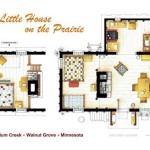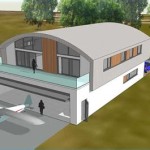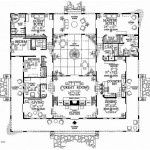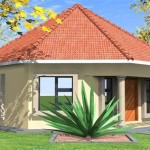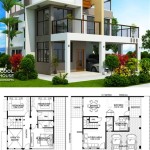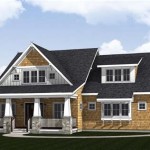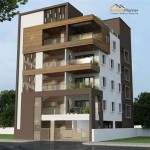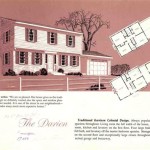Baltimore Row Houses Floor Plan: A Deep Dive
Baltimore row houses are an iconic feature of the city's urban landscape. Their distinctive architectural style and efficient use of space have shaped the city's character for generations. Understanding the typical floor plans of these homes is crucial for appreciating their historical significance and for anyone considering residing in one.
The classic Baltimore row house is typically two or three stories high, narrow, and deep. They are characterized by a flat or slightly sloped roof, a brick facade, and a prominent front stoop leading directly to the main entrance. While variations exist, a common thread unites them: the efficient use of a narrow lot.
The first floor traditionally houses the main living spaces. Entering from the stoop, one typically finds a long, narrow hallway running the length of the house. This hallway provides access to the front and back rooms. The front room often served as a parlor or living room, while the rear room was designed as a dining room or kitchen, depending on the era of construction. Older row houses often feature a kitchen located in a rear extension, sometimes separated by a small courtyard or alley.
Upper floors typically contain the sleeping quarters. In a two-story row house, the second floor is dedicated to bedrooms. In a three-story structure, the second floor might contain a combination of bedrooms and a smaller room often used as a den, office, or additional living space. The third floor typically holds additional bedrooms, sometimes smaller and often with sloping ceilings due to the roofline.
Basements are a common feature in Baltimore row houses. Historically, they were used primarily for storage and laundry facilities. In modern renovations, basements are often finished and incorporated into the living space, serving as family rooms, recreational areas, or even additional bedrooms.
Variations in Baltimore row house floor plans exist depending on the era of construction and the neighborhood. Earlier row houses, built in the 19th century, tend to be smaller and simpler in design, often lacking indoor plumbing initially. Later row houses, especially those built in the early 20th century, feature larger rooms, updated amenities, and sometimes more ornate architectural details.
Neighborhoods also play a role in the specific characteristics of row house floor plans. Working-class neighborhoods often feature smaller, more basic row houses, while more affluent areas showcase larger homes with more elaborate features. Some neighborhoods may have a prevalence of two-story structures, while others are dominated by three-story homes.
The exterior features of Baltimore row houses contribute to the city's unique aesthetic. The brick facades, often painted in vibrant colors, create a cohesive streetscape. The characteristic stoops, which serve as social gathering spaces, foster a sense of community among neighbors.
Modern renovations of Baltimore row houses often focus on preserving the historical character while updating the interiors for contemporary living. Open floor plans are becoming increasingly popular, removing some of the interior walls to create larger, more flexible living spaces. Modern kitchens and bathrooms are often incorporated into the design, while original features like hardwood floors and exposed brick are preserved and highlighted.
Understanding the limitations of the traditional floor plan is essential for those considering purchasing or renovating a Baltimore row house. The narrow width can present challenges for furniture placement and natural light penetration. However, creative design solutions, such as strategically placed mirrors and light wells, can mitigate these challenges.
The long, narrow layout can also make it difficult to create distinct functional areas within the home. However, open floor plans and careful space planning can help maximize the available space and create a more functional and comfortable living environment.
The resurgence of interest in urban living has led to a renewed appreciation for Baltimore row houses. Their historic charm, affordability, and proximity to amenities make them an attractive option for many. The efficient use of space and the unique community atmosphere they foster contribute to their enduring appeal.
Researching and understanding the various floor plan options and common layouts is crucial for anyone considering a Baltimore row house. Consulting with architects and contractors experienced in renovating these historic homes can ensure that any modifications maintain the integrity of the original design while meeting the needs of modern living.
The floor plan of a Baltimore row house reflects not only the city's architectural history but also the evolving needs of its residents. From their humble beginnings as working-class housing to their current status as desirable urban dwellings, Baltimore row houses and their characteristic floor plans remain an integral part of the city's fabric.

Community Architect Anatomy Of The Baltimore Rowhouse

Building The Best Baltimore Rowhomes And Neighborhoods Greenbuildingadvisor

Row House Layout Bing Images Floor Plans

Rowhouse Floor Plans

3 Bedroom Townhomes In Baltimore Md Refinery Row

Narrow House Designs Row Design Plans

3 Bedroom Townhomes In Baltimore Md Refinery Row

12 Row House Design Ideas

Baltimore Rowhouses Under Consideration And Desired Generated Layouts Table

Breaking The Baltimore Runoff Machine Ecosystem Study

